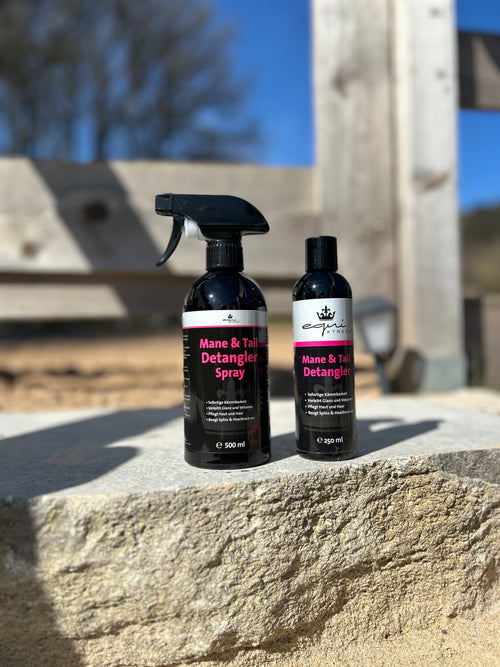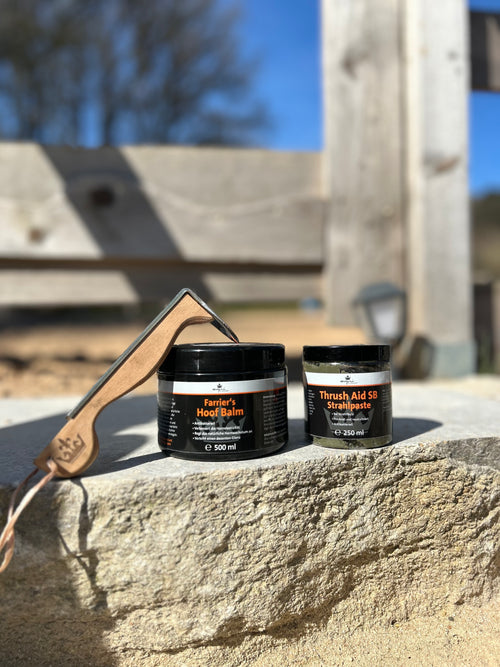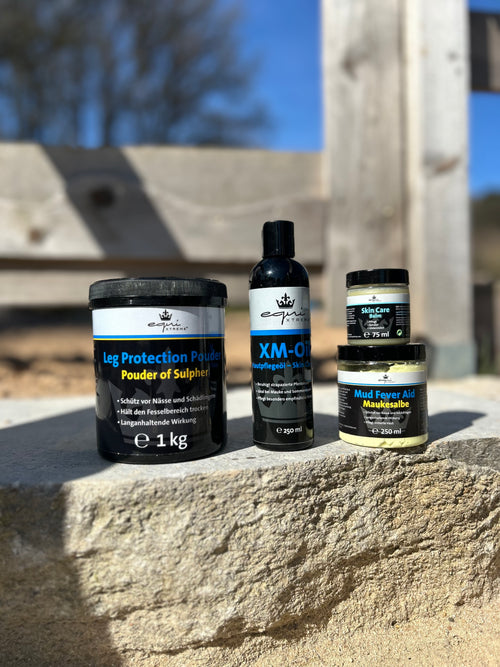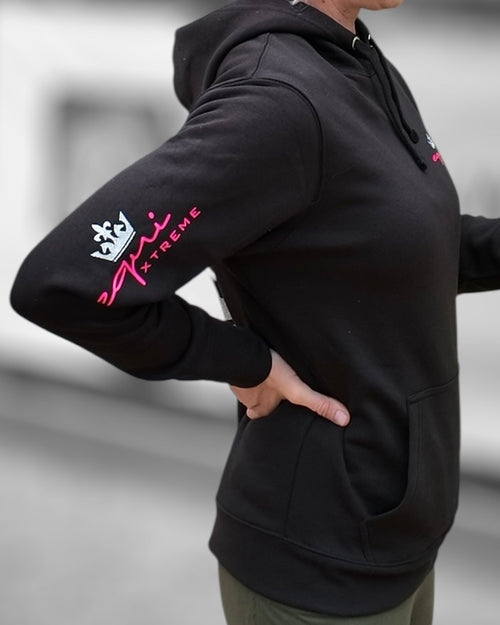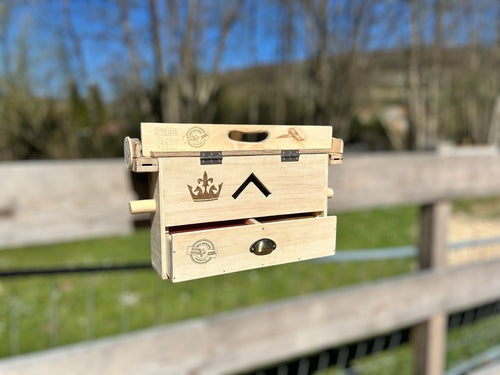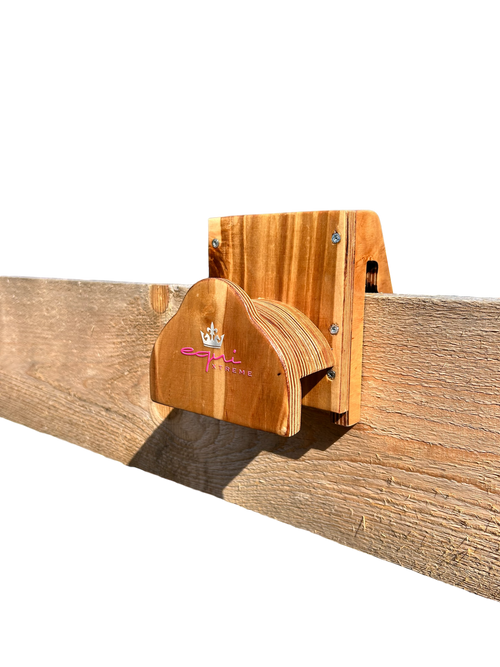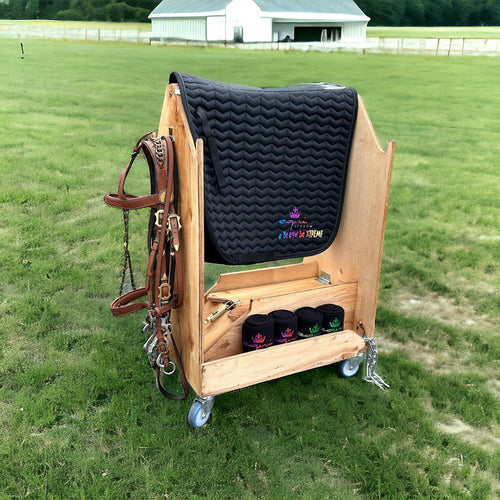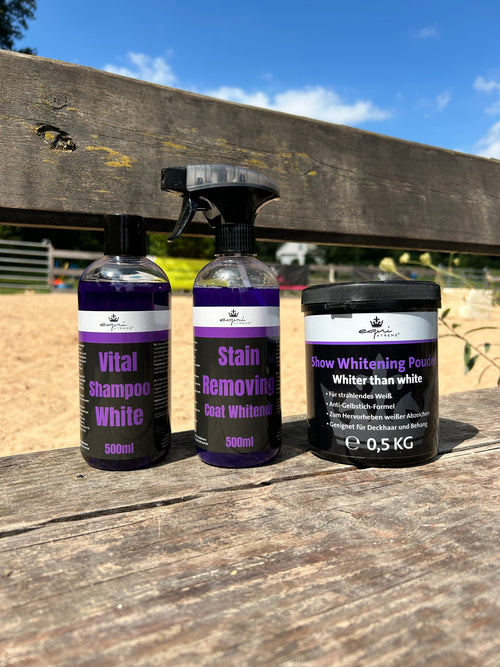
Shire Horse, Irish Cob and Co - The right care
Share
Long & unruly – this makes tail hair particularly high-maintenance
The tail hair of Shires and other horses is often particularly thick, wiry, and dense—making it prone to tangling, matting, and breakage. At the same time, many of these horses tend to have dry hair, which makes combing even more difficult.
It is therefore important:
Tip: Regular braiding may help prevent hair breakage – but only if the braids are loose and redone regularly.
Fetish hair – care miracle or germ factory?
As impressive as the pastern fur is, it presents its own unique challenges when it comes to care. The dense structure retains moisture for a long time, which promotes the development of mud fever, fungal infections, or bacterial skin infections. This quickly becomes a hygiene problem, especially in damp weather or muddy paddocks.
Advantages of the curtain:
Disadvantages:
Cutting – yes or no?
Shortening or completely removing the curtains is a controversial topic. The basic rule is:
A good compromise: Trim the curtains, but don't remove them completely. This preserves some of the natural protection while improving hygiene.
Care products for long hair – our recommendations:
For regular cleaning of the curtain, the No Mess Shampoo White – especially for white or light-colored long-haired breeds. Simply massage in, wipe off, and you're done – saves water and protects the skin.
To protect against moisture and skin irritation:
Don't forget: Check regularly , dry the skin under the curtain and if in doubt, it's better to clean it too often than too little.
Stable pharmacy – the must-have for all occasions
Especially in horses with dense hair, minor injuries or skin problems are not immediately visible. Therefore, a well-stocked first aid kit should be part of the basic stable equipment. The equiXTREME first aid kit contains everything you need for quick relief and daily care.
Conclusion: Long hair needs the right care
With the right know-how, the right equipment, and a little practice, you can easily keep your horse's mane, tail, and feathers healthy. And: prevention is (as is so often the case) the best protection against health problems.


